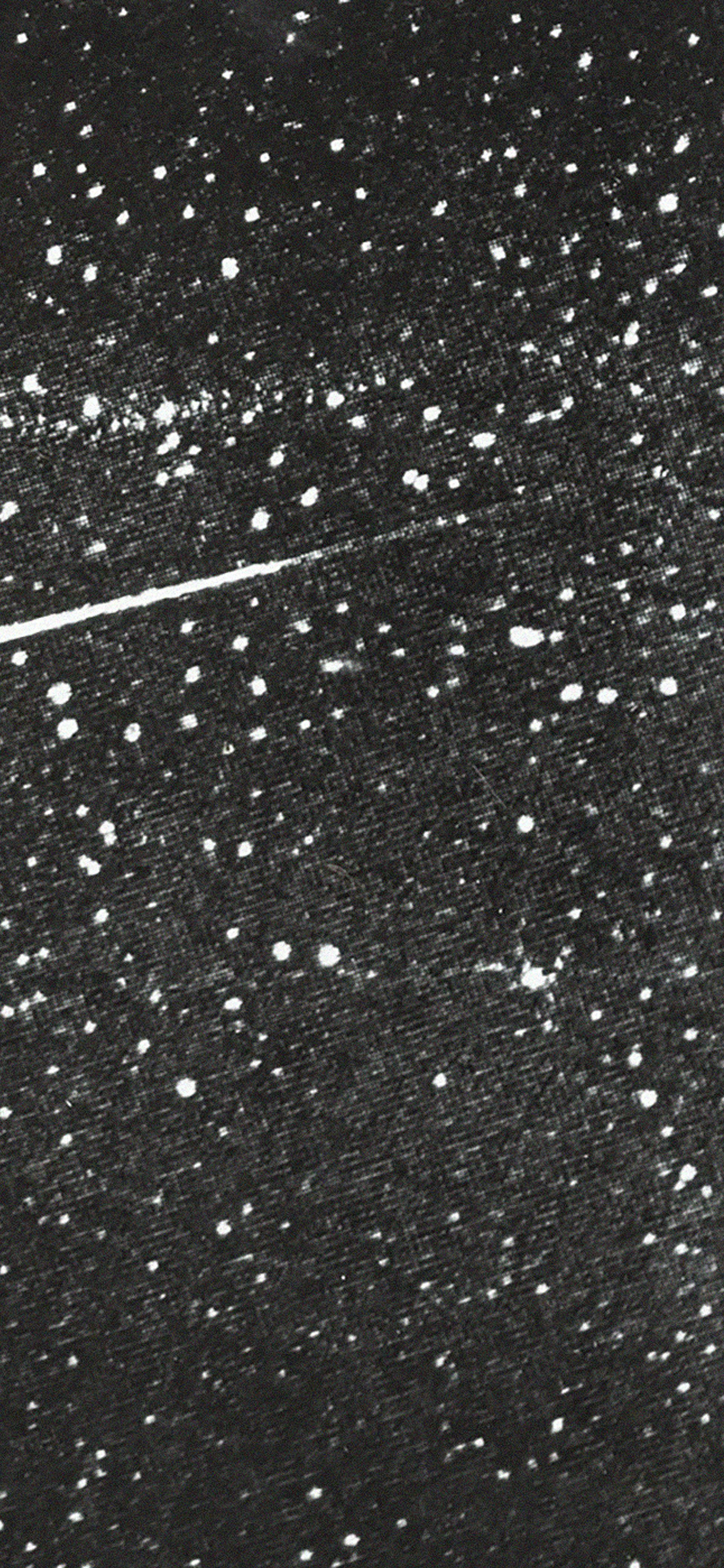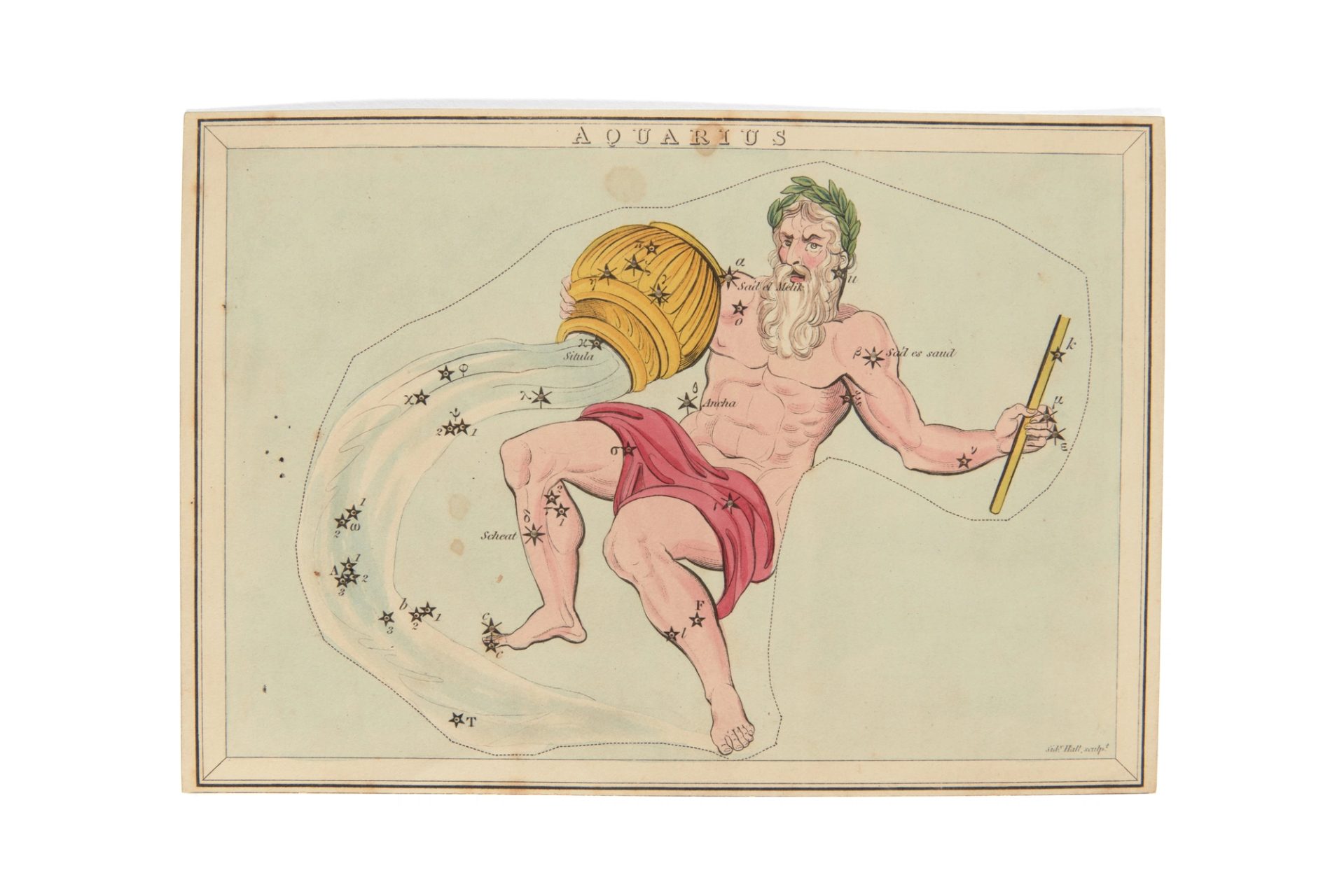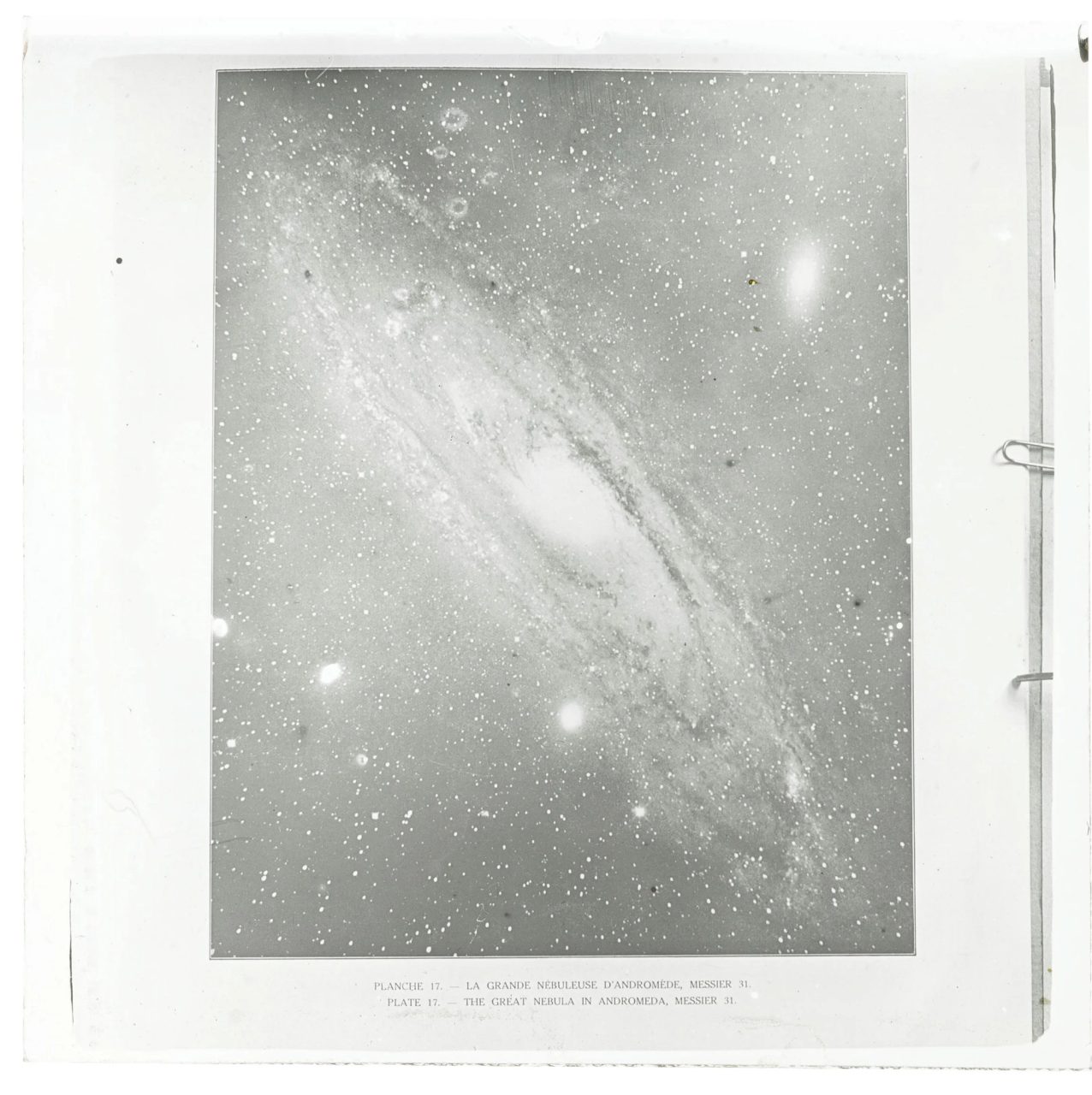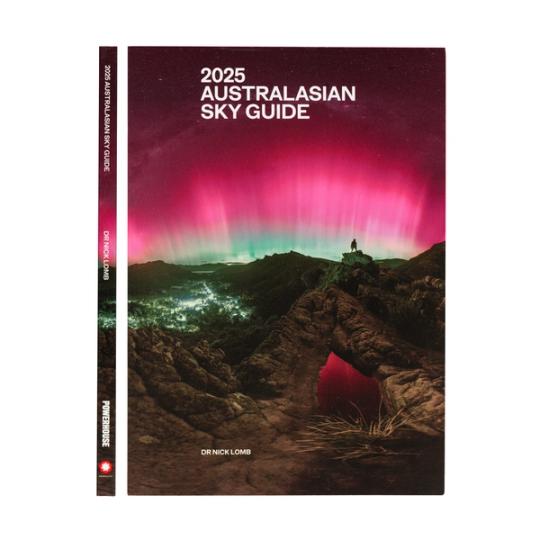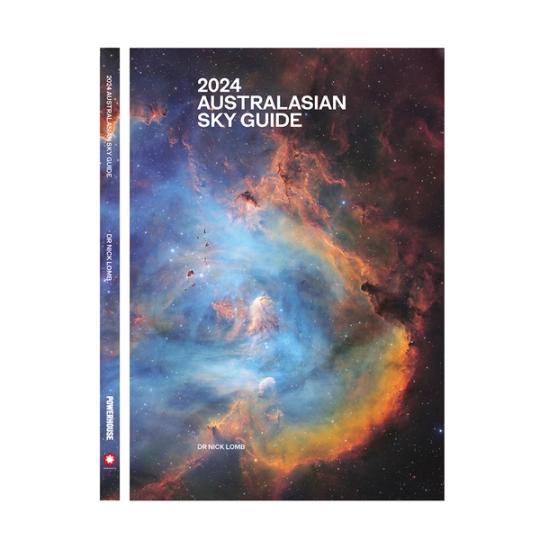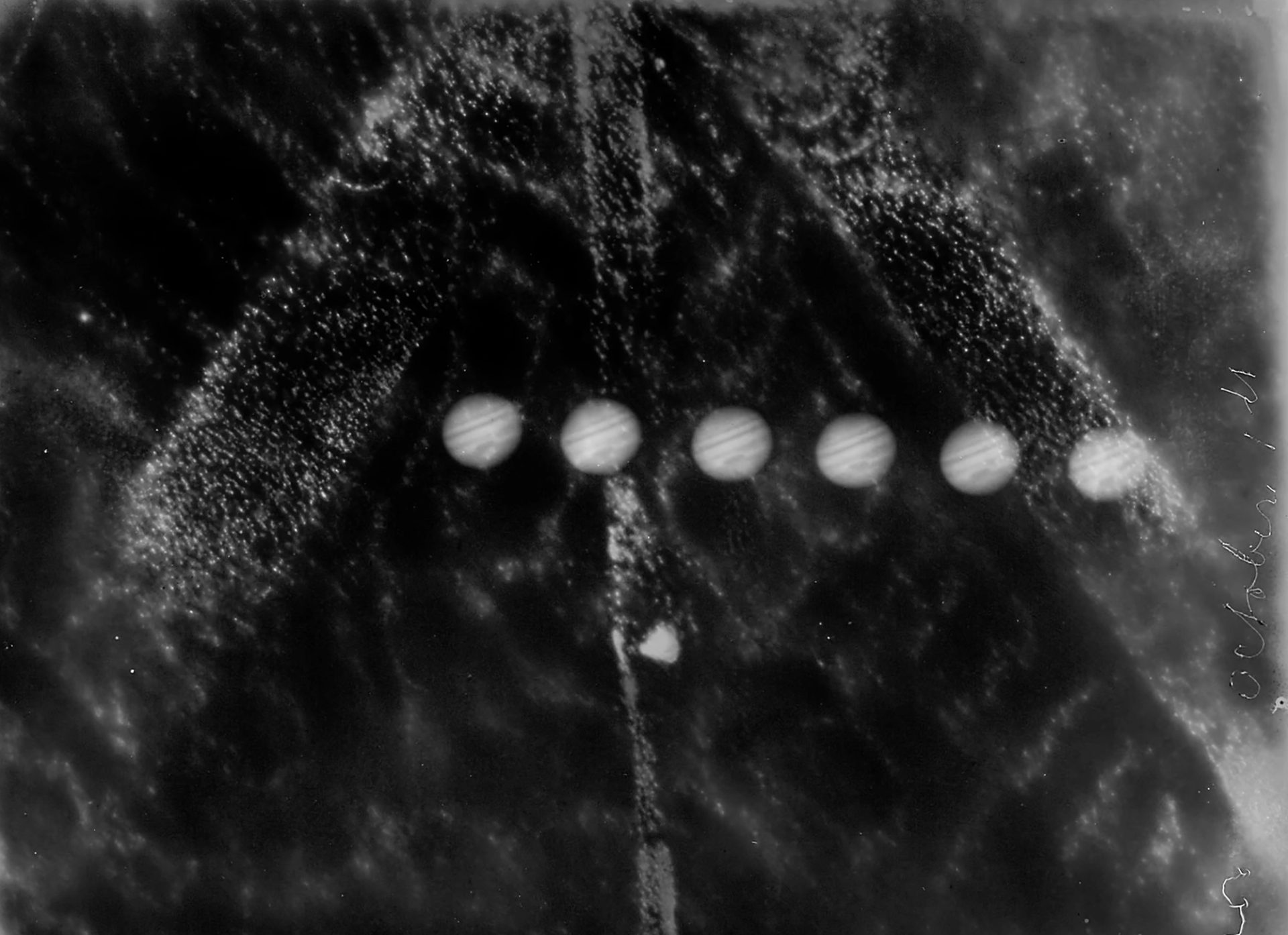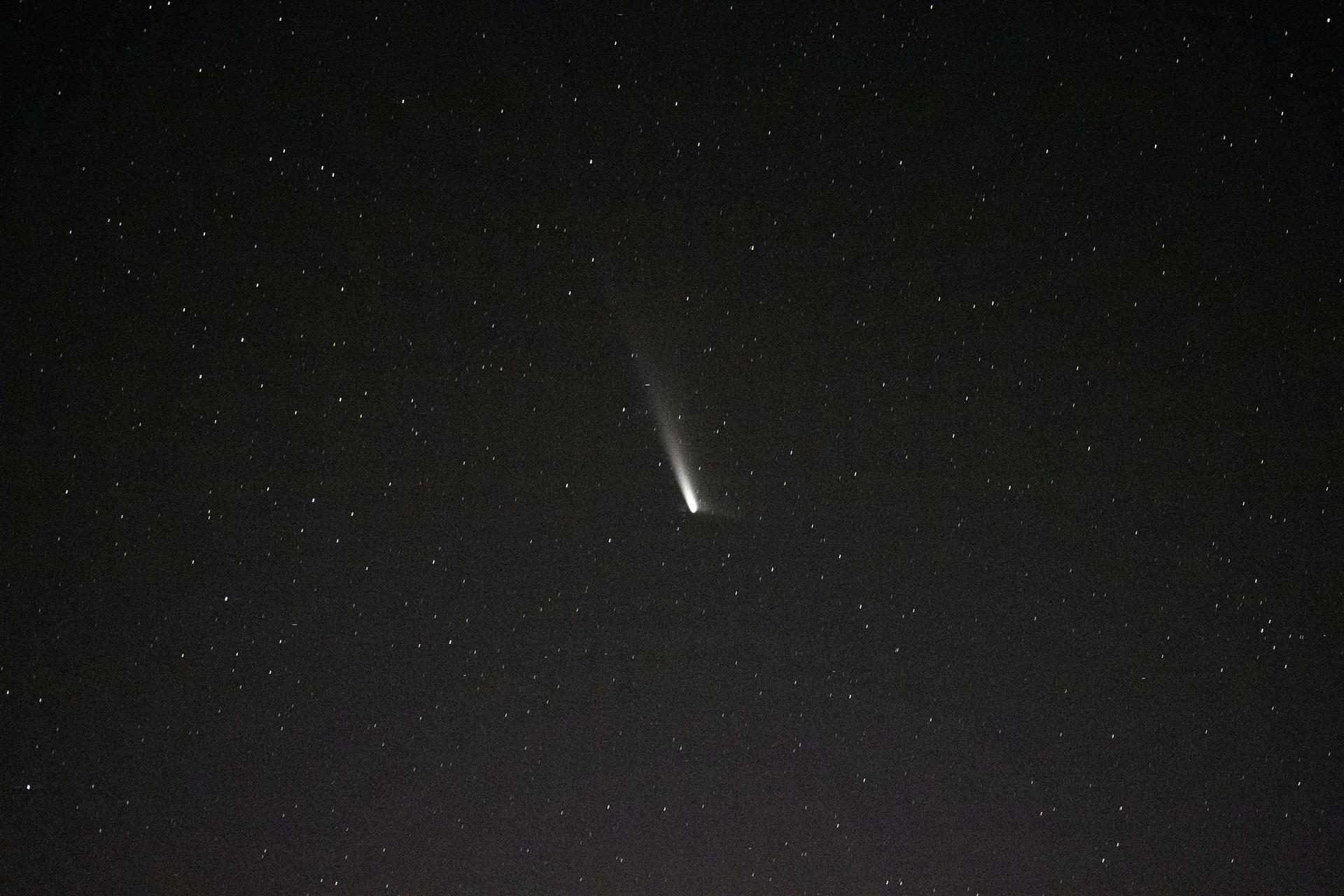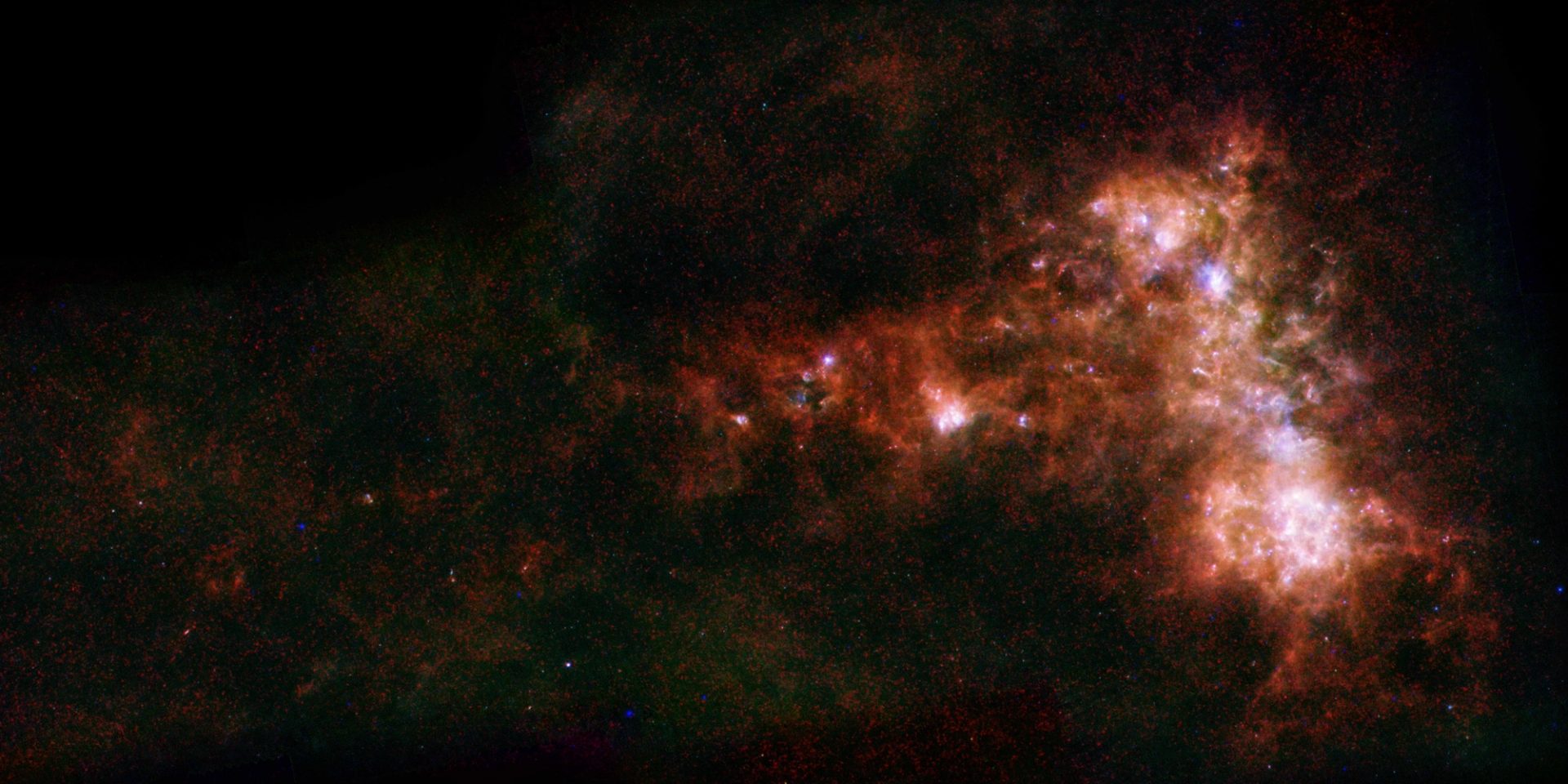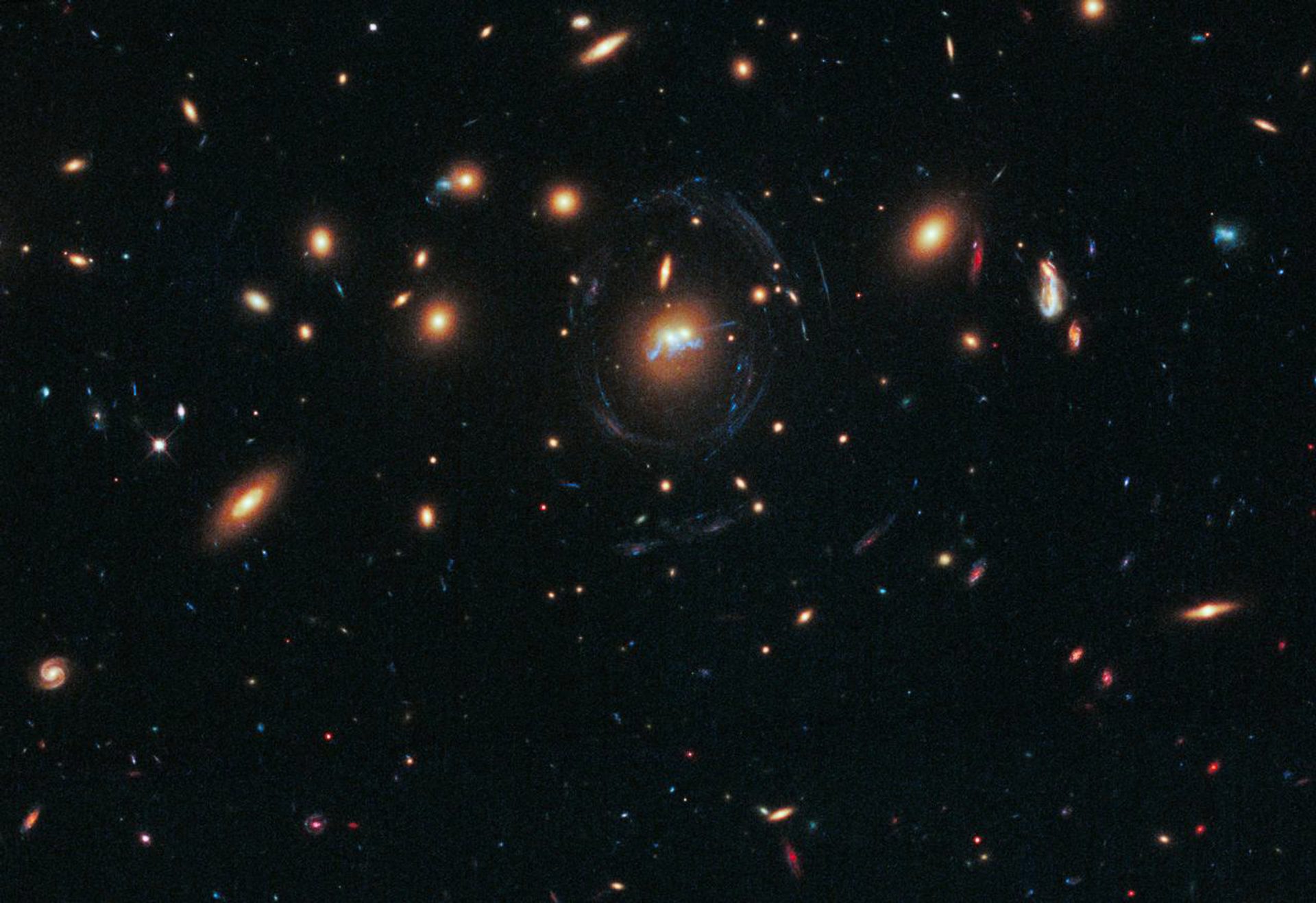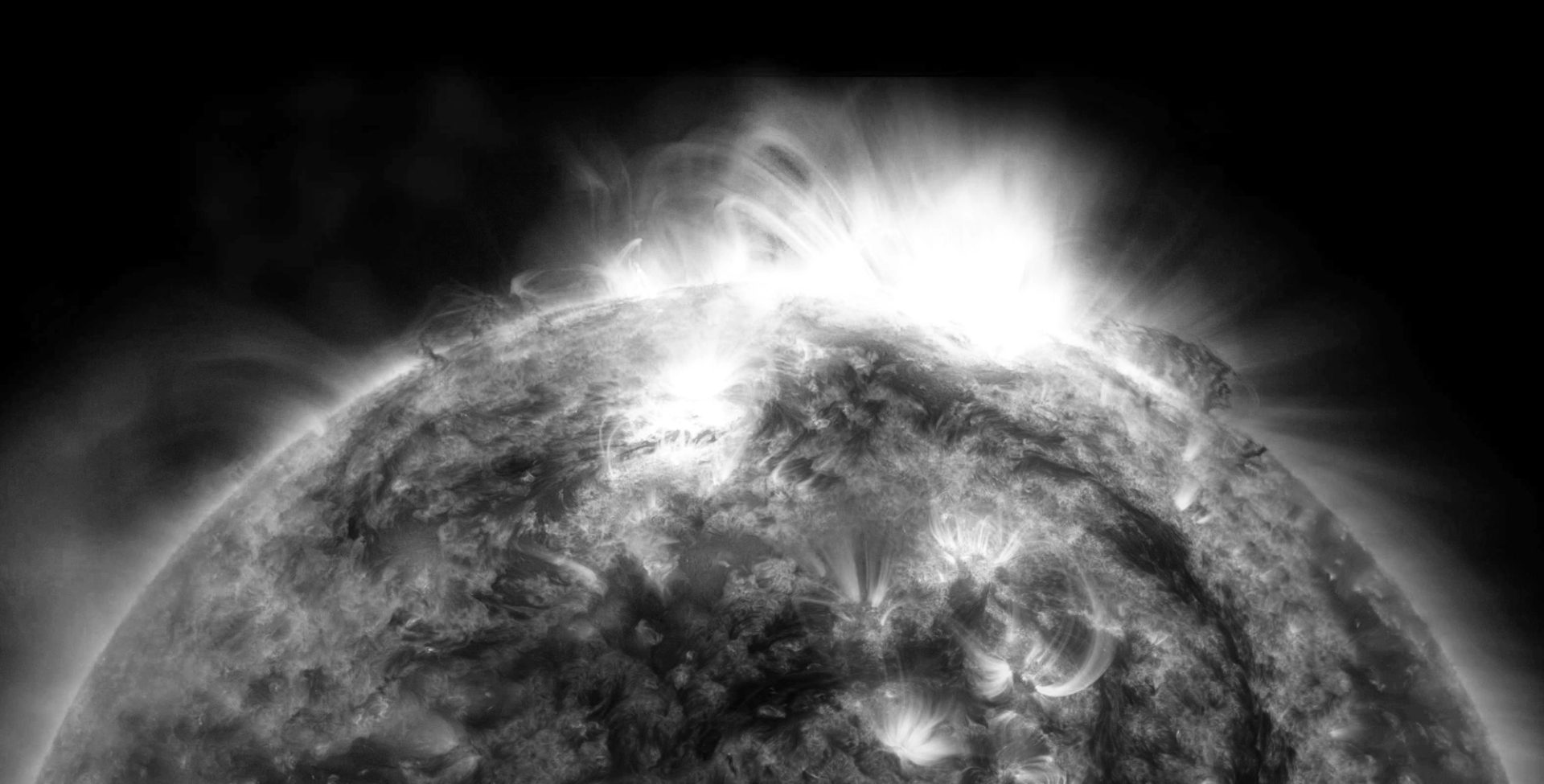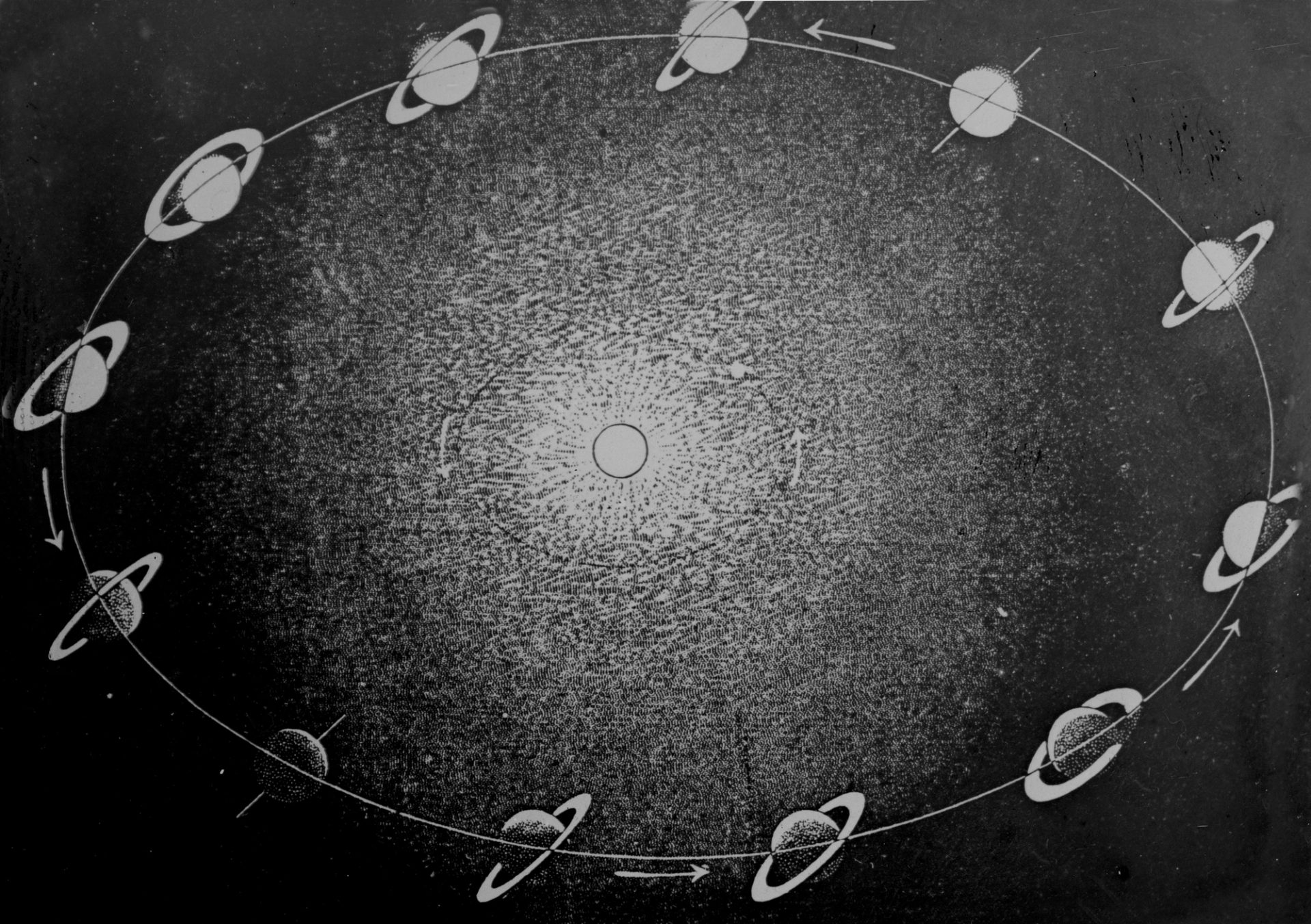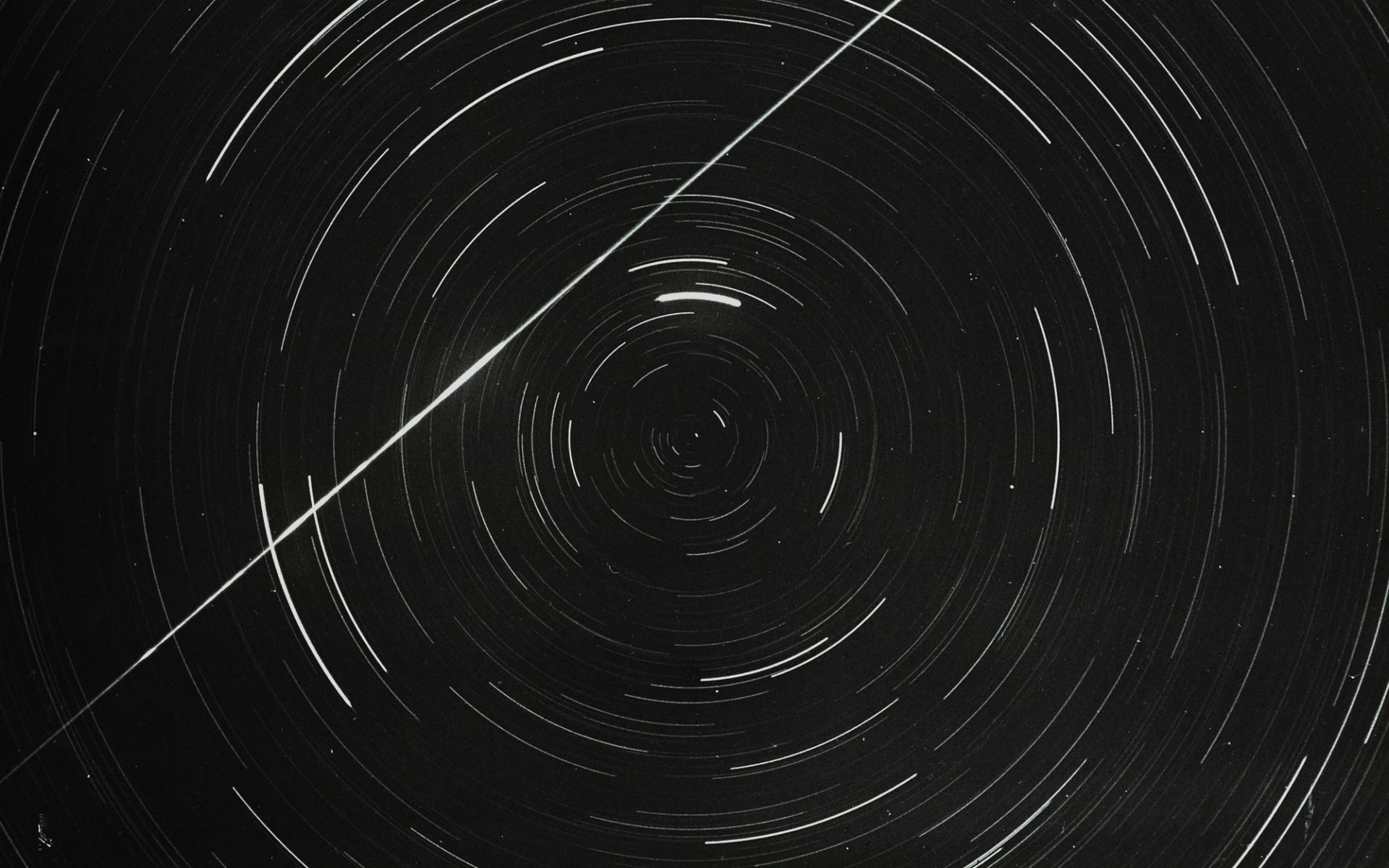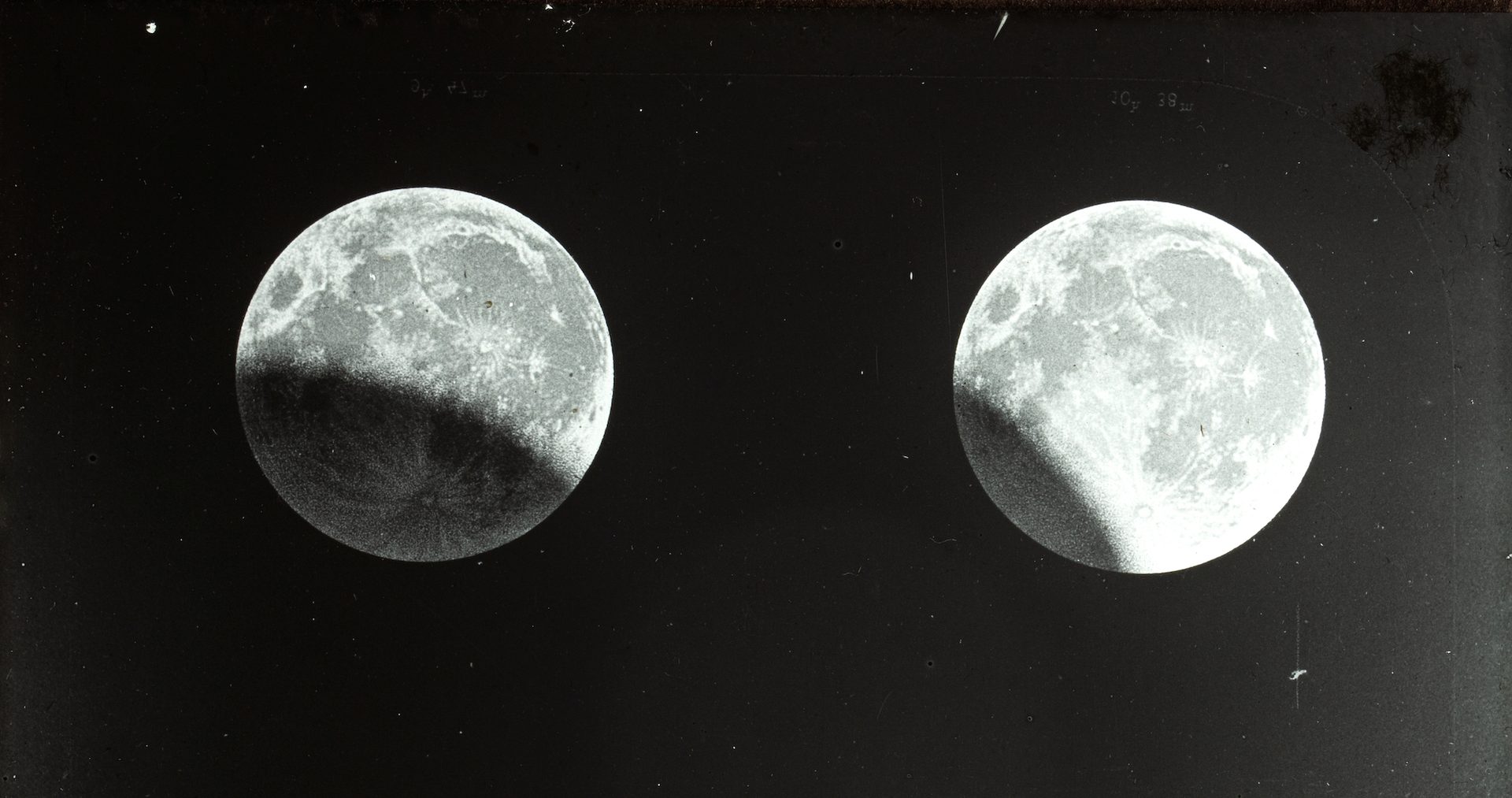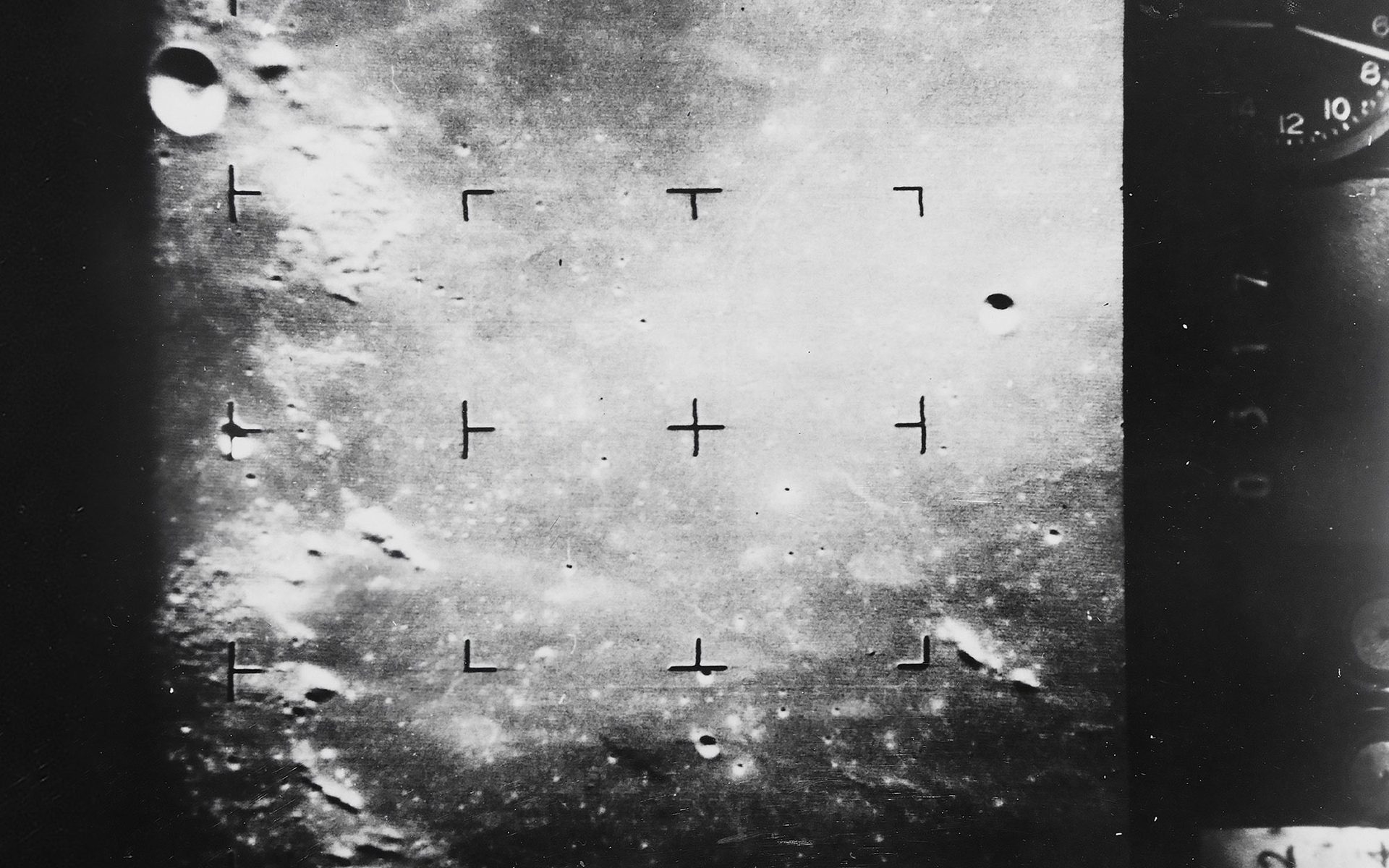Sky Guide December 2024

'The Geminids are usually one of the best meteor showers of the year. But this year there's a short window of opportunity, for the eastern states only, to view them. Early on Saturday 14 December find a dark location with a clear view to the north - sit back and watch between moonset at about 4am AEDT and the beginning of dawn at about 4:30 am AEDT.
The summer solstice occurs on 21 December this year at 8:20pm AEDT. Earth’s axial tilt tips the southern hemisphere towards the Sun with the Sun reaching its highest point in the sky around noon. During the summer solstice we experience the longest day and shortest night of the year.'
Andrew Jacob, curator and astronomer
Moon Phases
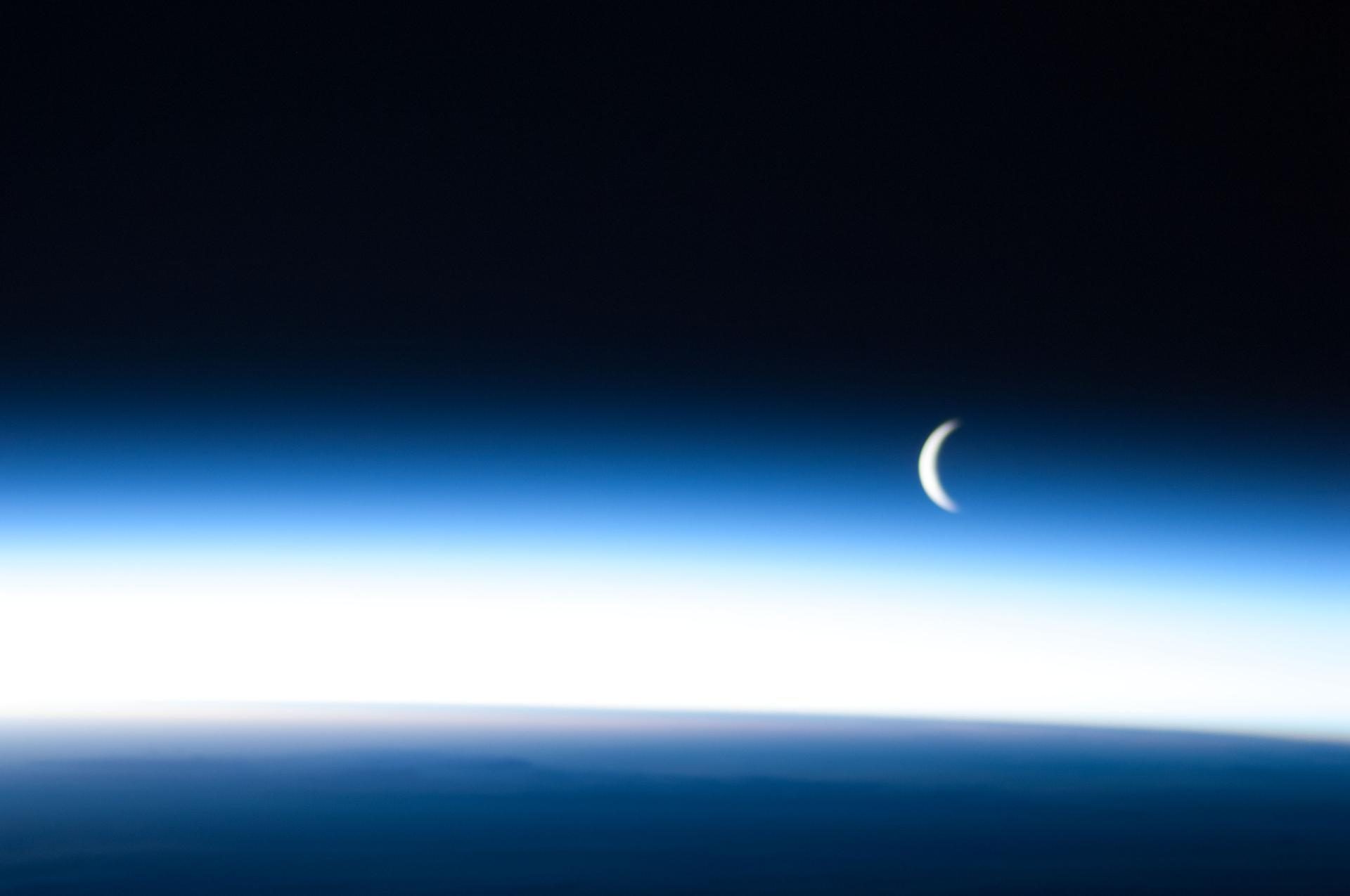
New Moon Sunday 1 December 5:21 pm AEDT
First quarter Monday 9 December 2:26 am AEDT
Full Moon Sunday 15 December 8:02 pm AEDT
Last quarter Monday 23 December 9:18 am AEDT
New Moon Tuesday 31 December 9:27 am AEDT
Planets
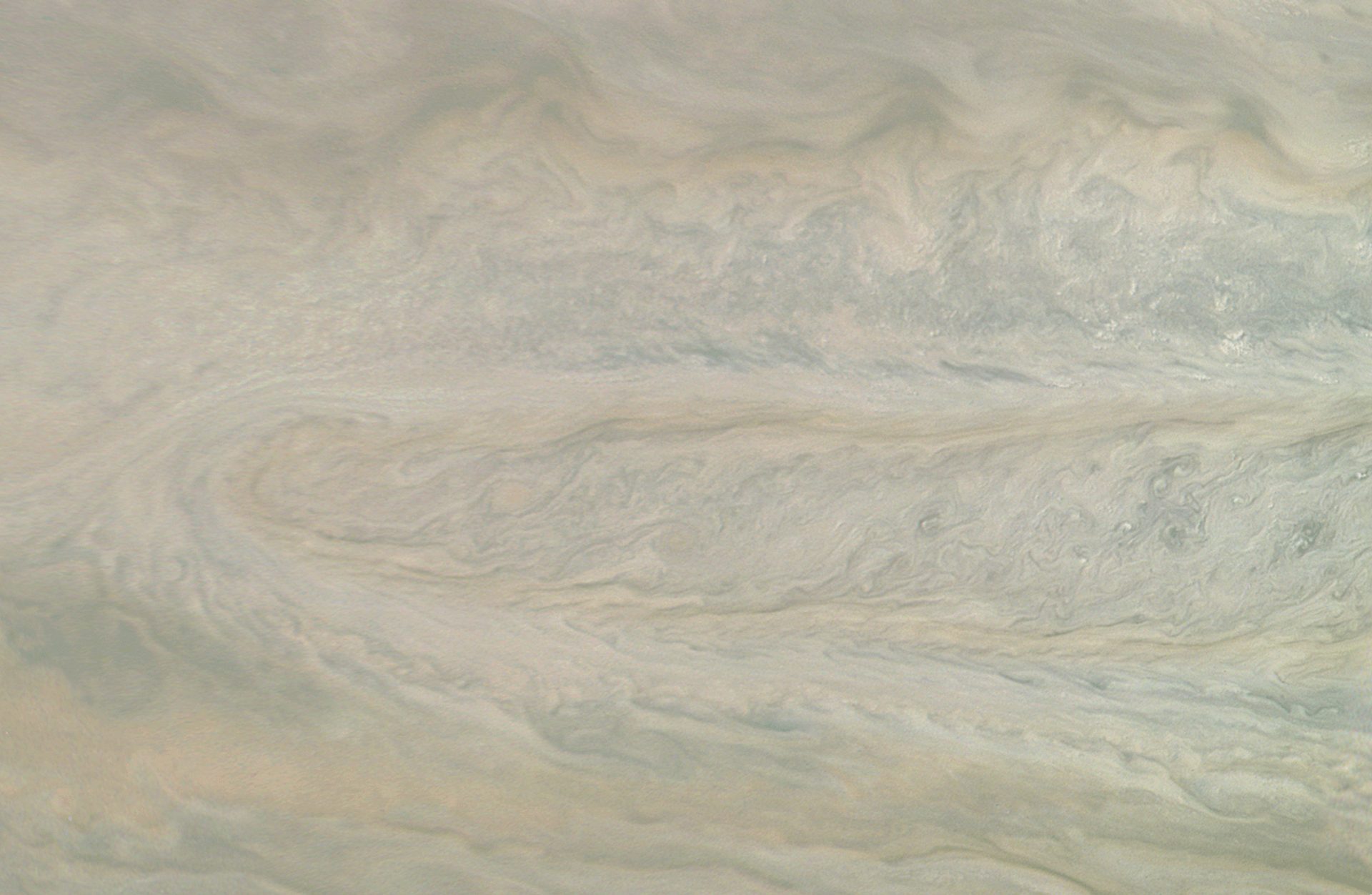
EVENING
Venus is in the west, moving from Sagittarius to Capricornus at the end of the first week of the month. On 4 December, the crescent Moon is below and to the left or south of Venus, while the next morning it is above and to the right or north of the planet.
Jupiter is in the north-east in Taurus, slowly approaching Aldebaran, the brightest star in the constellation. On 8 December, it is at opposition; that is, opposite the Sun and at its brightest for the year. On 14 December, the gibbous Moon is to the left or north of Jupiter, while the next evening, the Moon, now full, is below and to the right or east of the planet.
Saturn is high in the north-west, still in Aquarius. On 8 December, the crescent Moon passes less than two Moon-widths from Saturn; it is below and to the right or north of the planet. On the same evening, as seen from Darwin, the Moon occults or covers Saturn from 5:17 pm to 6:00 pm.
MORNING
Mercury appears low in the eastern sky in Scorpius just after the middle of the month but moves to Ophiuchus a few days later. On 29 December, a thin crescent Moon is above and to the right or south of Mercury.
Mars is in the north in Cancer. On 19 December, the gibbous Moon is to the right or east of Mars.
Jupiter is in the north-west but disappears below the horizon in the middle of the second half of the month. On 15 December, the full Moon is below and to the right or north of Jupiter.
Constellations
Constellations are groups of stars that represent mythological figures, fanciful beasts or old scientific instruments. Some have been used for millennia as a tool to share significant cultural stories and to track the passage of the weeks and months. Today they also help astronomers mark out portions of the sky and locate astronomical objects. Those listed below have been selected for their visibility in the evening up to two hours after sunset as seen from the southern hemisphere.
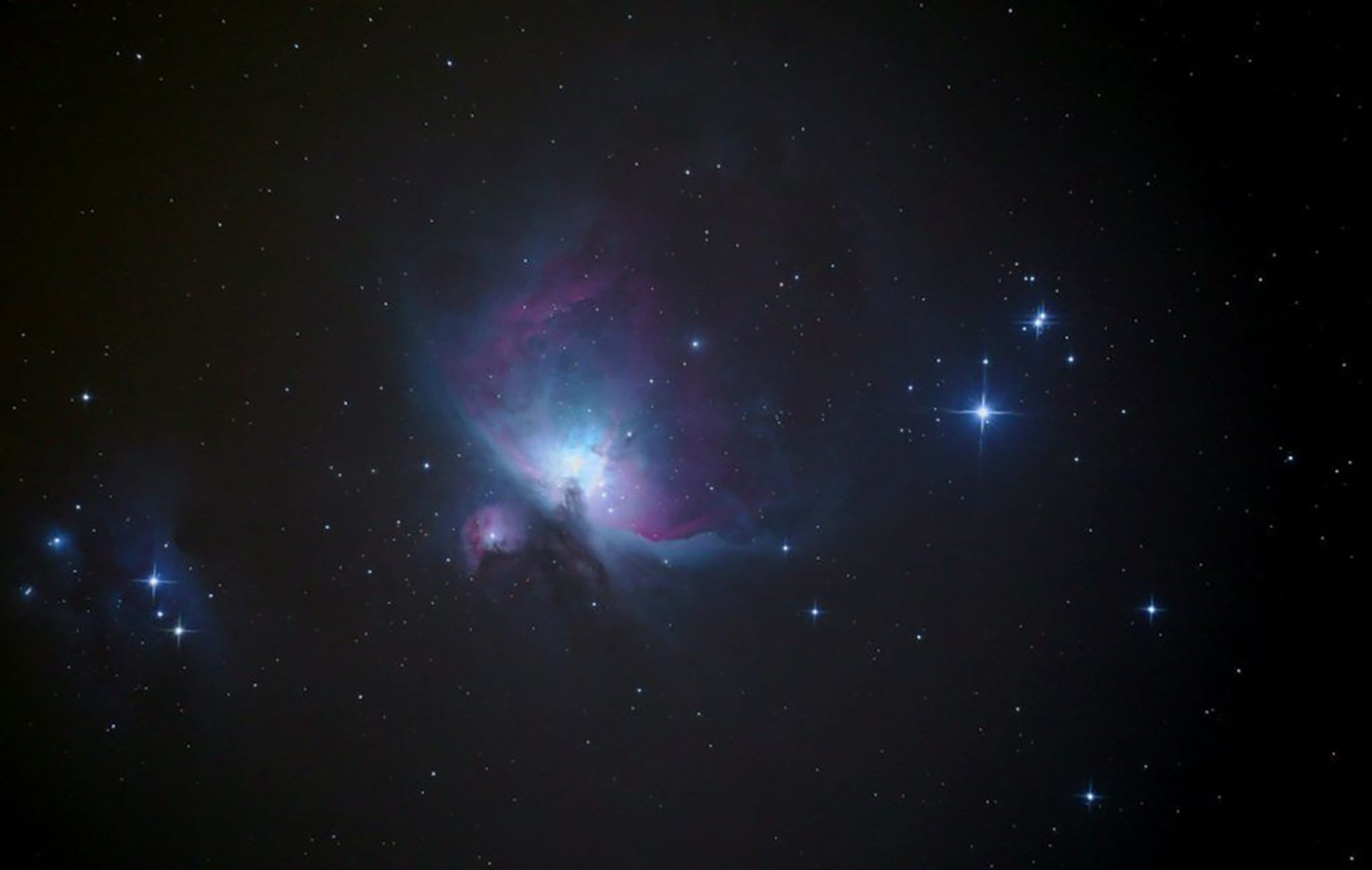
Andromeda is one of the original 48 constellations as mapped by Ptolemy and sits below the winged horse of Pegasus, barely clearing our northern horizon. It is most famous for M31, the Andromeda galaxy, which is the most distant object visible to the naked eye at 2.5 million light years. It is now thought to be about the same mass but twice the diameter of the Milky Way and the two will collide in approximately 4–5 billion years.
Aquarius is one of the original 48 constellations as mapped by Ptolemy and sits between Capricornus and Pisces. Aquarius is best known for the Eta-Aquarids meteor shower that peaks in early May. Like the other constellations, Aquarius is steeped in mythology, seen as Ganymede, a shepherd boy in Greek myths and as a man pouring water from a jug by the Babylonians. It has two globular clusters (NGC 7089 and NGC 7492) and two planetary nebulae that can be seen with a moderate telescope but only from a dark location, NGC 7009 the Saturn Nebula, and NGC 7293 the Helix Nebula, both of which are dead stars. The Helix appears almost a quarter the size of the Moon in the sky, although it's not visible to the naked eye, and lies about 650 light years away.
Canis Major the Greater Dog is the companion to Orion the hunter. The brightest star in the constellation, Sirius (also known as the Dog Star), is also the brightest in the night sky as it is close to us – only 8.7 light years away or about 82 million million kilometres and 25 times brighter than the Sun. In about 64,000 years it will be seen as the southern polar star due to the Earth’s wobbling axis of rotation and the star’s proper motion.
Capricornus the Sea Goat, also one of the original 48 as mapped by Ptolemy, is often associated with the Greek god of nature, Pan. He transformed his lower half into a fish to swim to safety during an attack on Jupiter by Typhon. Halfway through the transformation he played a loud note on his conch shell which distracted Typhon long enough for Jupiter to strike him down with thunderbolts. As a reward, Jupiter placed him in the sky as he was: half-goat, half-fish. It is a faint constellation and looks more like a partially collapsed triangle. It contains no easily seen deep sky objects other than the globular cluster M30, about 27,000 light years away. It is the smallest and second-faintest constellation of the zodiac.
Eridanus is one of Ptolemy’s original 48 constellations and represents a river, which begins near the constellation of Orion and ends at the brilliant blue-white star Achernar, the ninth brightest in the night sky, about 144 light years away. Achernar spins so quickly it is the least spherical star known in the Milky Way Galaxy.
Orion the hunter is one of the original 48 as mapped by Ptolemy and strides across the celestial equator, making it easy to see from both hemispheres. Its likeness to a male figure was probably obvious to the earliest humans. Orion’s brightest star Betelgeuse is one of the few stars to show an intense red colour due to its age and size. The three stars of Orion’s belt at his waist separate his head and shoulders to the north from his sword and knees to the south. The well-known saucepan asterism (a pattern of stars that is not a constellation) consists of a base (Orion’s belt) and a handle (Orion’s sword) plus one additional star at the rim. With binoculars you will see a small hazy glow in the middle of the saucepan’s handle: this is the Orion Nebula, a star birth cloud at a distance of about 1350 light years. The mythology of Orion is complex and often contradictory, though he usually represents a tall, strong and handsome hunter.
Pegasus the winged horse is easy to find low in the north by looking for four bright stars that outline the ‘Great Square of Pegasus’. The Square is large: more than 15 degrees wide and 13 degrees high. In the past all four stars were part of the constellation, though delta Pegasi is now known as Alpha Andromedae.
Taurus the bull is possibly the oldest Western constellation and one of Ptolemy’s original 48. It has the bright red dying star of Aldebaran and the stunning open cluster known as M45 or the Pleiades, a group of very young stars about 445 light years away. Below the horns is the remnant of a star that exploded as a supernova in 1054. It is now called M1 or the Crab Nebula. For the best view you'll need a large telescope and clear northerly view. Its brightest star Aldebaran is 65 light years from the Sun and is 44 times wider but only a little more massive (+16%). It has exhausted its core supply of hydrogen fuel and is now ‘burning’ hydrogen in a shell around a helium core.
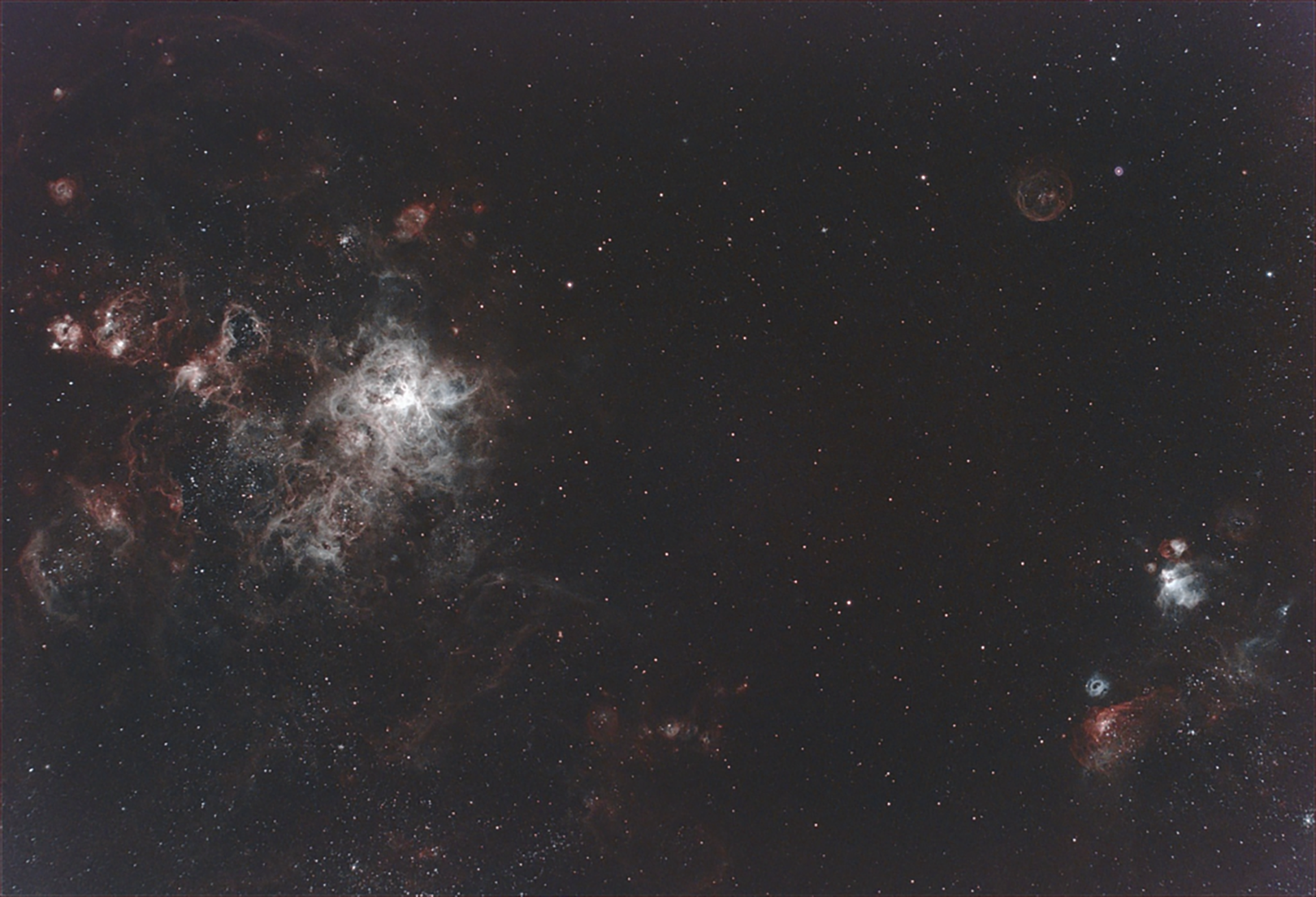
Deep sky
Andromeda Galaxy (M31) is the most distant object visible to the unaided eye, at approximately 2.5 million light years away. Sturdy binoculars or a small telescope can reveal the dark dust lanes of the spiral arms, a bright core, and from a dark location, one or both of its companion galaxies.
The Large and Small Magellanic Clouds (LMC/SMC) are the two satellite galaxies of our own Milky Way. The Large Magellanic Cloud (LMC) is in the constellation of Dorado and is approximately 163,000 light years away. It consists of around 30 billion stars and hosts one of the largest nebulae detected, the Tarantula nebula. The Small Magellanic Cloud (SMC) is in Tucana and is approximately 200,000 light years away. It has around 3 billion stars. The LMC will merge with our galaxy in around 2.4 billion years.
Orion Nebula (M42) is often called the Great Nebula in Orion and is approximately 1350 light years away. This massive star-making cloud is 24 light years across with enough mass to form around 2000 stars like the Sun. Its size, distance and brightness (it is the brightest nebula as seen from Earth), make it one of the most studied objects in the night sky. It is easily found as the middle star-like object in the sword of Orion, or the handle of the saucepan as seen from the south. Along with the Moon, M42 is typically one of the first objects to be looked at through any newly-built telescope as it shows excellent fine structure including the birth of stars in the innermost part known as the Trapezium Cluster.
47 Tucanae (NGC 104) is a globular cluster second only to Omega Centauri. It sits beside but is unrelated to the SMC in the constellation Tucana. It can be easily seen away from city lights with the unaided eye due to its very dense star core. 47 Tucanae is approximately 15,000 light years from us.
Tarantula Nebula (NGC 2070) is a large hydrogen gas cloud approximately 1000 light years in diameter and part of the LMC at about 160,000 light years. The name ‘Tarantula’ comes from the spider-like appearance of the nebula in telescopes and photographs. At the centre of the nebula is the open cluster R136, which contains approximately 500,000 stars, including some of the hottest and most massive supergiant stars known. In 1987 the first naked eye supernova (SN1987A) since the invention of the telescope occurred in this part of the sky.
The Pleaides (M45) also known as Seven Sisters or Subaru, is one of the more famous open clusters visible to the naked eye, sitting within Taurus the bull. Like all open clusters it is a group of young stars, in this case around 100 million years old, at about 444 light years away. Many images show the stars associated with a dusty blue nebula, which lies between us and the stars.
Special Events
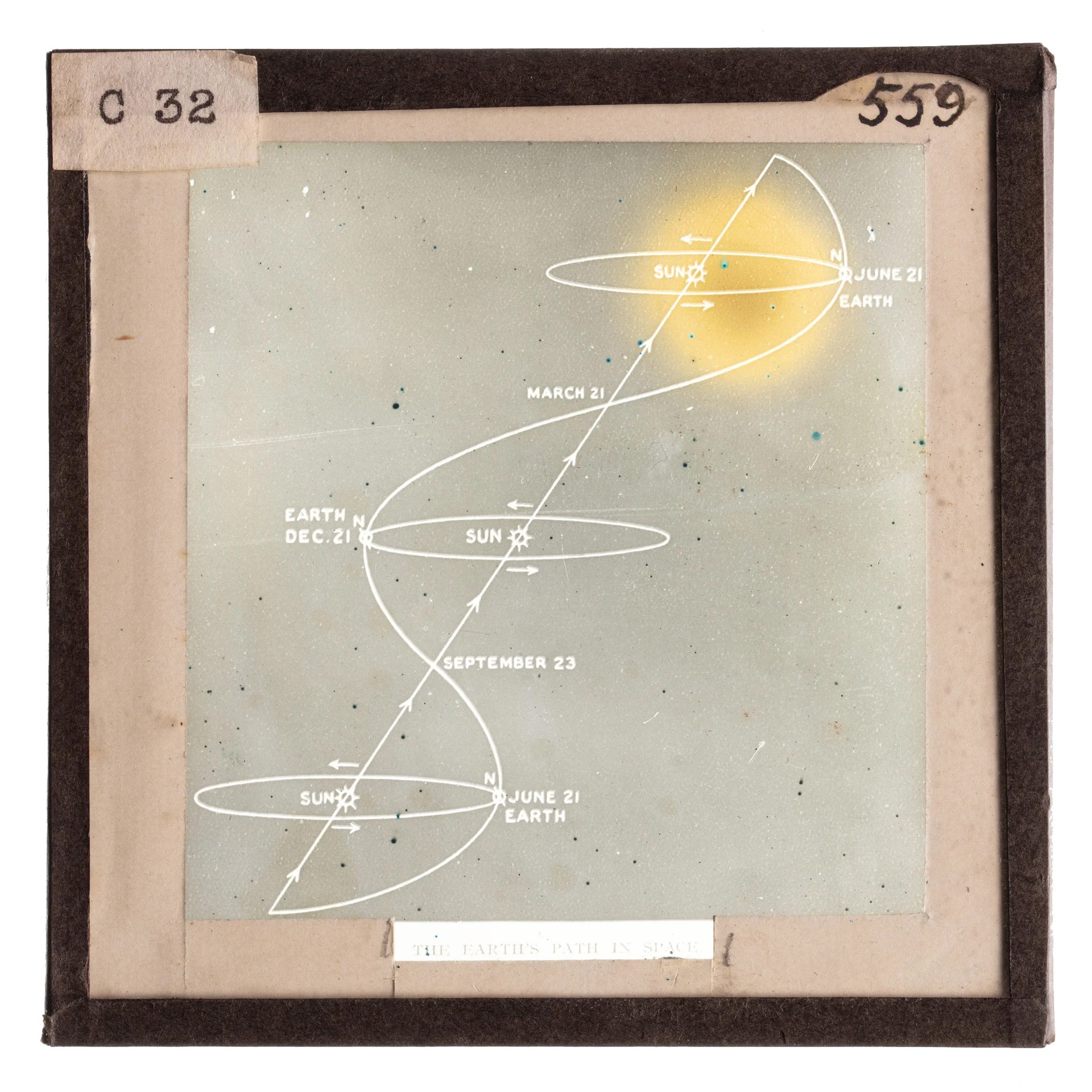
The summer solstice is on Saturday 21 December at 8:20 pm AEDT. This is the point in time when our Sun reaches its most southerly point in the sky in our yearly orbit. From this point it begins to head back to the north. The annual north-south apparent movement of the Sun in the sky is the result of an impact by an object called Theia around 4.5 billion years ago. The collision led to the formation of the Moon and left the Earth tilted to one side by 23.5 degrees. This tilt is the reason for the season and the changing path of the Sun as we see it.
The Geminid meteor shower is unlike the Eta Aquariids (which appeared in May) and all other meteor showers as the Geminids do not appear to be associated with a comet. Instead, their parent object is the rocky asteroid (3200) Phaethon, which is believed to be associated with one of the larger asteroids, (2) Pallas. Not surprisingly, the particles leading to the Geminid meteors appear to be made of denser and stronger materials than those of other meteor showers. This makes the meteors appear brighter during the shower. The asteroid’s path leads it much closer to the Sun than Mercury, so temperatures can reach 700°C on its sunward side. One theory of how it releases particles despite being an asteroid is based on this high surface temperature. The theory is that the large temperature change as the asteroid spins results in cracks on its surface and the production of dust-sized particles that cause the shower.
In 2024, the peak of the shower is predicted to be on the morning of Saturday 14 December. Although the Moon is gibbous and bright, there is a short window of about half an hour between moonset and the start of dawn. Viewing during that brief window provides the best opportunity to see the meteors. To do so, look towards the north, as they emanate from a spot near Castor, the lower of the twin stars of Gemini.
Shop
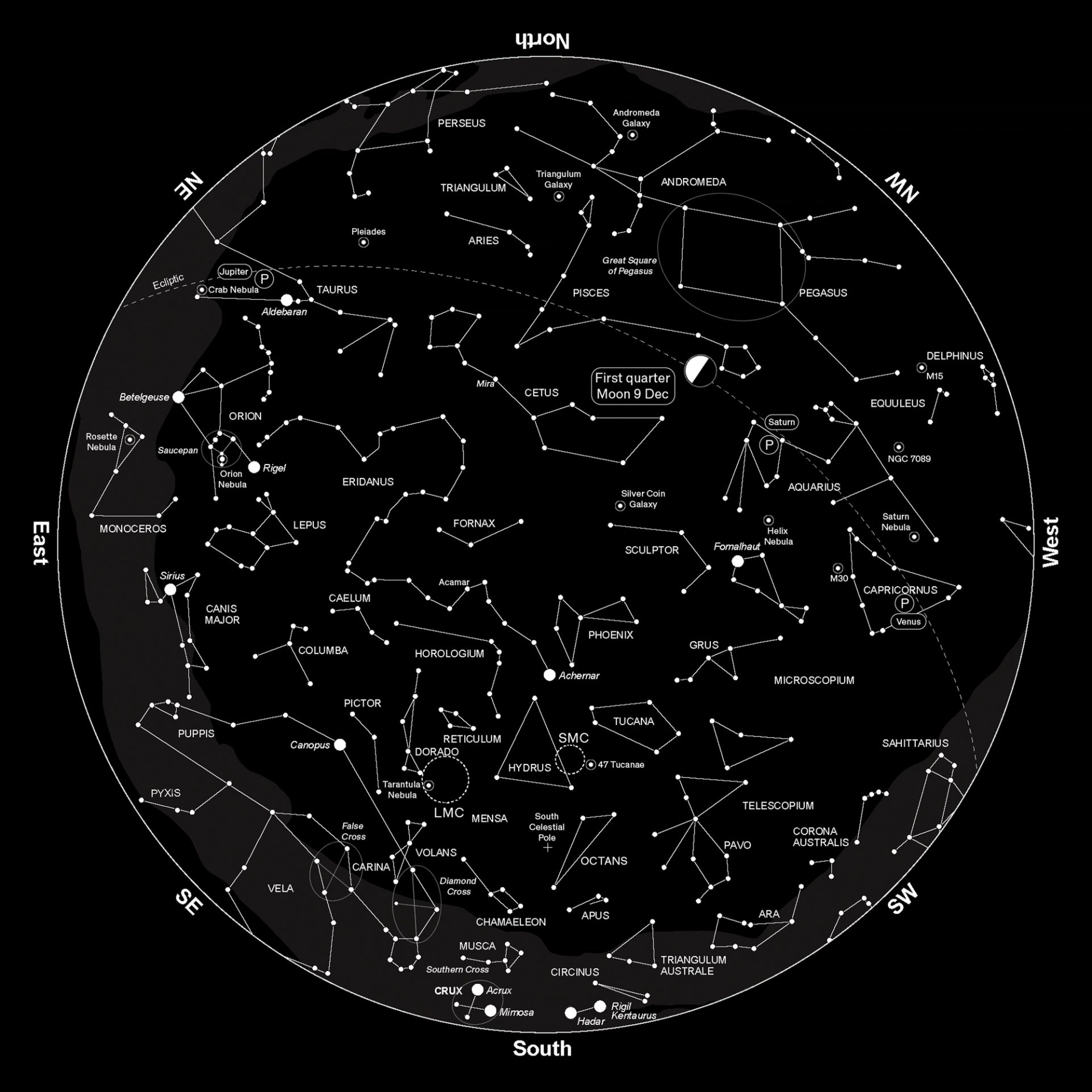

Sydney Observatory
Open for pre-booked tours, located on Gadigal land, a national place of connection and scientific research. The site is undergoing heritage conservation works.













